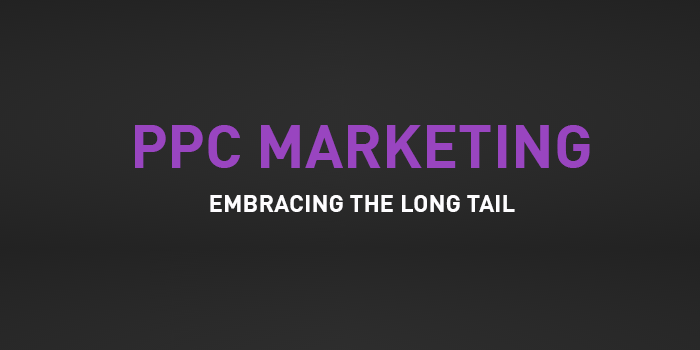PPC marketing is one of the most effective ways to acquire new customers and boost your brand, but the cost of acquiring new customers can vary significantly depending on the keywords you choose and the way you structure your campaign. The price per click can vary from pennies to more than £30, depending on the keywords you choose, so it makes sense to do your homework and pick the lower-competition, but still high conversion, keywords.
Embracing the Long Tail
The most obvious way to improve your conversion rate, while still keeping costs low, is to use long tail keywords. Instead of targeting “Nike Trainers”, a fairly generic phrase that attracts a huge number of searchers, target “Nike Women’s Flex Trainer 3”. You can be pretty confident that someone who searches for that specific type of trainer is either a woman, or shopping for a woman they know. In addition, they’ve already done their homework because they know the style of trainer they’re shopping for. Not only will you pay less per click for such a narrow keyword, you’ll find it easier to convert a customer who already knows what they want.
Using long tail keywords is common sense, but it’s hardly creative. Many brands get great conversions from bidding on keywords that don’t include their product name at all.
Indirect Advertising
Ann Summers made headlines when it ran a campaign for the Chinese New Year during the Year of The Rabbit. The campaign displayed ads for the Rampant Rabbit. This slightly risqué and eye-catching campaign improved the visibility of the brand, and got people talking about the company. It’s unlikely that many searchers bothered to click on the ad, so it’s not something you’d do as a long term initiative because of its impact on your quality score, but it achieved what the creative team wanted – publicity.
Another off-topic (but successful) campaign came from Converse, the shoe brand. In an attempt to reach teenage boys, the brand ran ad campaigns on keywords such as “how to kiss a girl” and “how to chat up women”. The ad team knew that teens don’t go actively searching out things that are cool, so they decided to put themselves in the places where their audience already spends time.
Converse created microsites around things that teens are interested in, and used those microsites to advertise their products. They got inspiration for the keywords that they needed to target by using Google Zeitgeist. The campaign succeeded because their microsites were interesting, relevant and content rich.
Many other brands have achieved similar results with loosely related searches. Car insurance firms market themselves to people who are looking to buy cars. Advertisements for computer motherboards go hand-in-hand with searches for a new CPU, and if someone is searching for flights they probably need a hotel as well. Few products are bought in isolation, so consider what goes with your product. You may find that you can save a fortune by bidding on related searches.
Author bio:
This article has been written by Philippa. Philippa often writes about affiliate marketing and PPC and has decided to share her PPC knowledge in the form of PPC campaigns. Philippa gets ideas from the Twist site.








